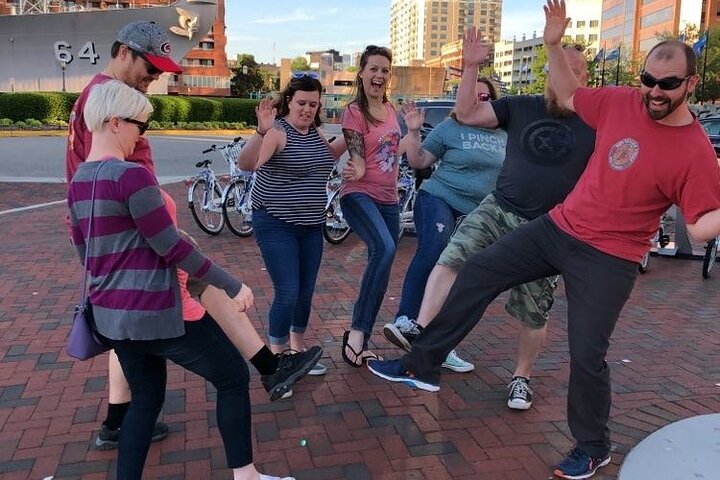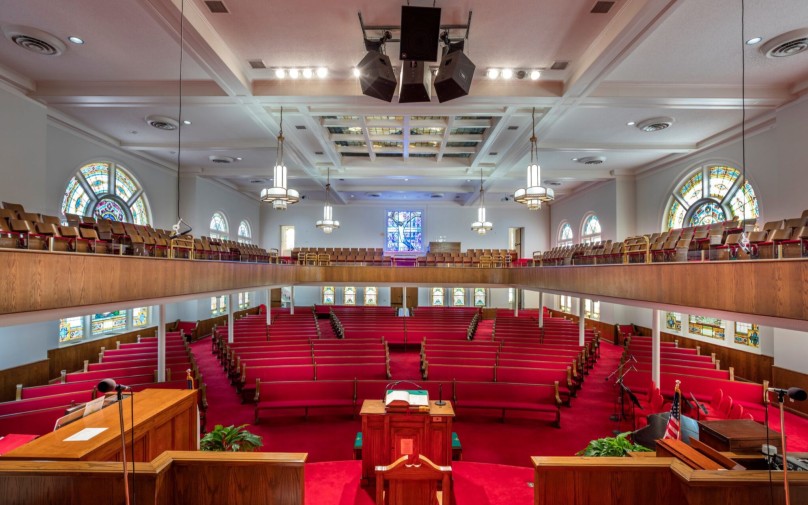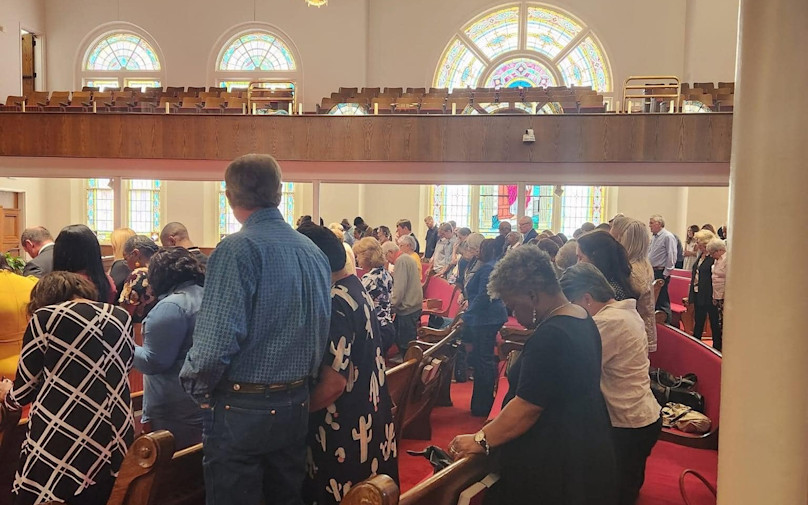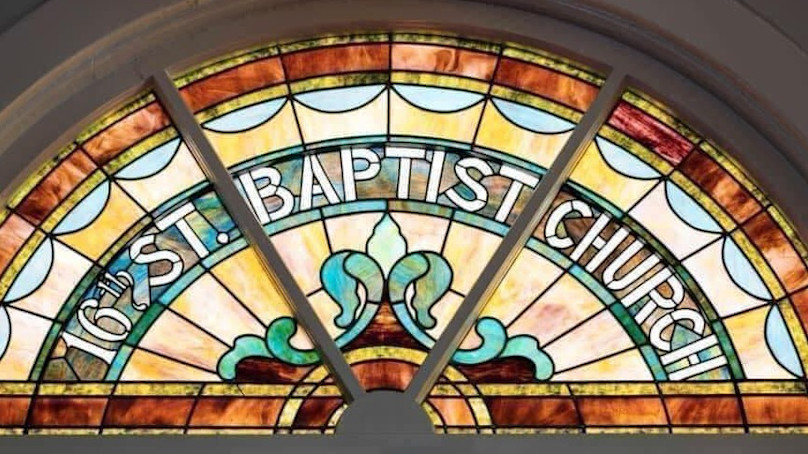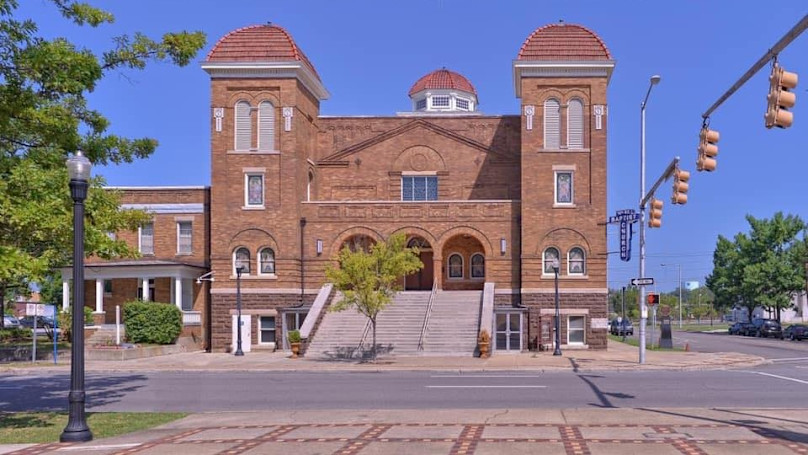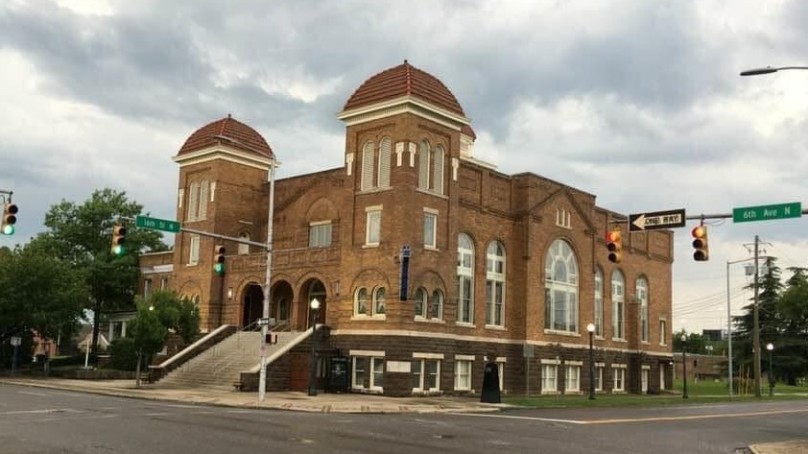Exploring Birmingham’s Civil Rights Legacy: A Journey Through History
Drawn by the rich history of the Civil Rights Movement, I embarked on a journey to Birmingham, Alabama. The Birmingham Civil Rights Tour offered a profound exploration of the city’s pivotal role in the fight for equality, bringing history to life in a deeply moving way.
A Journey Through Birmingham’s Civil Rights History
As a former university professor with a deep-seated passion for history, I have always been drawn to the stories that shape our world. My recent journey to Birmingham, Alabama, was no exception. The city, steeped in the rich and tumultuous history of the Civil Rights Movement, offered an opportunity to explore a pivotal chapter in American history. The Birmingham Civil Rights Tour was a profound experience that brought the past to life in a way that was both enlightening and deeply moving.
The Heart of the Movement
Our tour began at the statue of Reverend Fred Shuttlesworth, a towering figure in the local Civil Rights struggle. As we stood in the shadow of his likeness, our guide, Clay, shared stories of Shuttlesworth’s unwavering courage and leadership. It was here that the seeds of the movement were sown, and the fight for equality took root. The tour seamlessly wove together the historical narrative with the physical landmarks that bore witness to these events.
Walking through Kelly Ingram Park, we were surrounded by statues commemorating those who marched for freedom. The park, once a battleground for civil rights, now stands as a testament to the resilience and determination of those who fought for justice. The 16th Street Baptist Church, a cornerstone of the movement, was a poignant stop on our journey. The tragic bombing that claimed the lives of four young girls was a stark reminder of the violence and hatred that the movement sought to overcome.
A City of Contrasts
Birmingham is a city of contrasts, where the scars of the past coexist with the vibrancy of the present. As we drove through the city, Clay pointed out the houses and churches that were targets of bombings during the Civil Rights era. The sight of bricks still out of place served as a haunting reminder of the city’s turbulent history. Yet, amidst the remnants of destruction, there was also a sense of hope and renewal.
Our visit to the Historic Bethel Baptist Church, where Reverend Shuttlesworth led the movement, was particularly moving. The church, a symbol of resistance and faith, stood as a beacon of hope in a time of darkness. Clay’s passion for his city and its history was evident as he shared stories of the people who risked everything for the cause of equality. His dedication to preserving and sharing this history was truly inspiring.
Bringing History to Life
One of the most impactful aspects of the tour was Clay’s ability to bring history to life through tangible artifacts and personal stories. Passing around actual Poll Tax receipts from the city, he provided a tangible connection to the past. These small details, often overlooked, added depth and authenticity to the experience.
The tour concluded with a visit to the Eddie Kendrick Memorial Park, where we learned about the Black Business District and the vibrant community that once thrived there. It was a fitting end to a journey that had taken us through the highs and lows of Birmingham’s history. The tour was not just an exploration of the past, but a celebration of the progress that has been made and a reminder of the work that still lies ahead.
In the end, the Birmingham Civil Rights Tour was more than just a tour; it was an immersive experience that left a lasting impression. For anyone interested in understanding the complexities of the Civil Rights Movement and the city that played a pivotal role in it, this tour is an invaluable opportunity. Birmingham’s history is a testament to the power of resilience and the enduring fight for justice.







